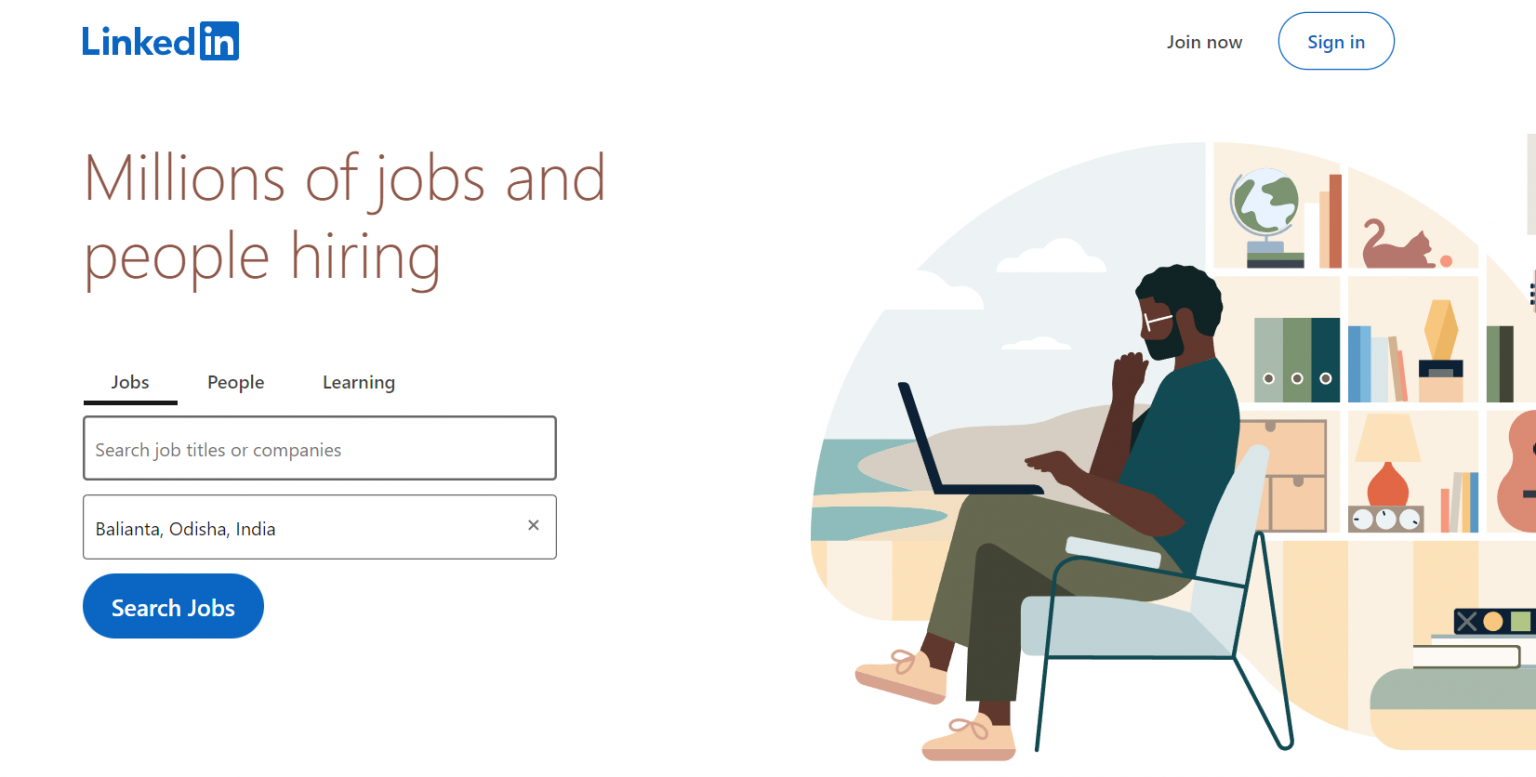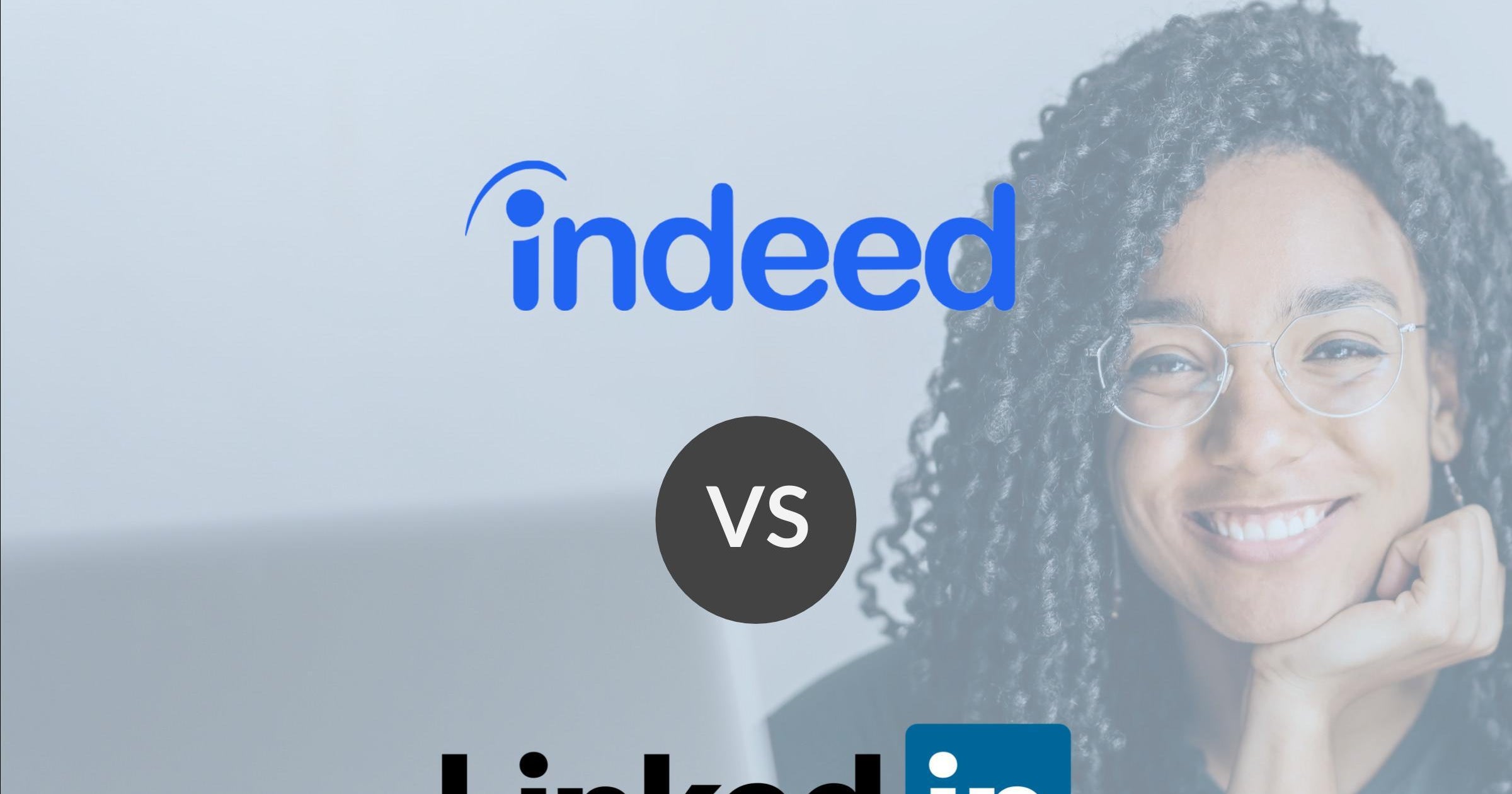Job hunting can feel like a daunting task, especially with so many platforms available today. Two of the biggest players in the game are LinkedIn and Indeed. Whether you’re a recent graduate or looking to switch careers, understanding the strengths and weaknesses of each platform can make a significant difference in your job search success. In this post, we’ll break down the features and benefits of both platforms to help you choose the one that suits you best!
Overview of Job Hunting Platforms

Let’s dive into what makes LinkedIn and Indeed unique. Both platforms have their own flair and functionality that cater to different job seekers. Here’s a closer look at each:
LinkedIn isn’t just a job board; it’s a professional networking platform. Here are some key features:
- Networking Opportunities: LinkedIn allows you to connect with industry professionals, join groups, and participate in discussions. This networking can lead to referrals and insider job leads.
- Personal Branding: You can showcase your skills, achievements, and endorsements from colleagues. A strong profile can attract recruiters directly to you.
- Job Listings: While LinkedIn features job postings, they’re often accompanied by insights into company culture and employee reviews, helping you gauge if the company is the right fit.
LinkedIn also has a feature called Easy Apply, allowing you to apply for jobs with just a few clicks. It’s a time-saver, especially for busy professionals!
Indeed
Indeed is often referred to as a “job aggregator.” Here’s what you can expect:
- Comprehensive Listings: Indeed aggregates job postings from various sources, making it one of the largest job boards available. This means you’ll find a wide range of job types, from entry-level to executive positions.
- Simple Interface: The user-friendly design makes it easy to search for jobs using filters like salary, location, and job type. If you’re simply hunting for openings, Indeed might be your go-to.
- Salary Insights: Indeed provides salary estimates for many job listings, which can help you negotiate your pay better.
Indeed also offers company reviews and ratings, giving you a clearer picture of potential employers. However, while the site is excellent for job searching, it doesn’t focus on networking or personal branding like LinkedIn does.
In summary, while LinkedIn excels in networking and personal branding, Indeed stands out for its extensive job listings and ease of use. Depending on your job search strategy, you may find one platform more helpful than the other. Stay tuned as we explore strategies to maximize your success on each platform!
Also Read This: Can You Merge LinkedIn Accounts? A Guide to Simplifying Your Online Presence
3. Advantages of Using LinkedIn for Job Search

When it comes to job hunting, LinkedIn is more than just a social media platform; it’s a powerful tool that offers numerous advantages for job seekers. Let’s dive into some of the most significant benefits of using LinkedIn for your job search.
1. Networking Opportunities
LinkedIn is designed for networking, making it an excellent platform for connecting with industry professionals. You can:
- Join relevant industry groups
- Engage with posts and discussions
- Send connection requests to individuals in your desired field
These connections can lead to job referrals, mentorship, and insider information about job openings that may not be advertised publicly.
2. Personalized Job Recommendations
LinkedIn’s algorithm does a fantastic job of suggesting jobs that match your profile, skills, and interests. This means you won’t have to sift through irrelevant listings. Instead, you can:
- Receive tailored job alerts
- Apply quickly with your LinkedIn profile
This personalized approach saves you time and increases your chances of finding a role that truly fits you.
3. Showcase Your Professional Brand
Your LinkedIn profile acts as an online resume, allowing you to showcase your skills, accomplishments, and experiences. Here’s how you can enhance your profile:
- Add a professional photo
- Write a compelling headline
- Request endorsements and recommendations from colleagues
A strong profile can attract recruiters and hiring managers to you, often leading to more job opportunities.
4. Ability to Research Companies
Before applying, you can use LinkedIn to research potential employers. You can:
- View company pages
- Read employee reviews
- Check out company culture and values
This research can help you tailor your application and prepare for interviews, as you’ll have a better understanding of the company’s goals and environment.
Also Read This: Adding Projects to LinkedIn – A Complete Step-by-Step Guide
4. Benefits of Job Hunting on Indeed
Indeed has become a staple in the job search arena, and for good reason. Here are some compelling benefits of using Indeed for your job hunting journey.
1. Comprehensive Job Listings
Indeed aggregates job listings from various sources, including company websites, job boards, and staffing agencies. This vast selection means you can:
- Access numerous job openings in one place
- Search by location, salary, and job type
Whether you’re seeking a full-time position or freelance gigs, Indeed has you covered.
2. Easy Application Process
Applying for jobs on Indeed is straightforward. You can often use your resume to apply directly to multiple listings with just a few clicks. Key features include:
- Quick Apply options
- Storing your resume for easy submissions
This simplicity can speed up your application process, allowing you to apply for several jobs in a short amount of time.
3. Salary and Company Insights
Indeed doesn’t just list jobs; it also provides valuable insights into company culture and salary expectations. You can:
- Read employee reviews
- Check average salaries for specific roles
These insights are invaluable when negotiating offers or deciding which job to pursue.
4. Job Alerts and Email Notifications
Indeed allows you to set up customized job alerts based on your preferences. This feature means you won’t have to constantly check the site; instead:
- You’ll receive email notifications for jobs that match your criteria
- You can easily stay on top of new opportunities
This proactive approach saves time and increases your chances of applying to positions promptly.
Also Read This: How to Find Pending Connections on LinkedIn and Manage Your Invitations
5. Comparison of Features: LinkedIn vs. Indeed
When it comes to job hunting, both LinkedIn and Indeed offer unique features that cater to different needs. Let’s break down some of the key features of each platform to help you decide which might be better for your job search.
- Job Listings: Indeed is primarily a job search engine that aggregates listings from various sources. This means you'll find a wide range of opportunities in one place. In contrast, LinkedIn also features job postings but often emphasizes listings from companies that want to attract talent through their network.
- Networking: LinkedIn shines in this area. It’s designed as a social networking platform specifically for professionals. You can connect with industry peers, follow companies, and even get recommendations from colleagues. Indeed, while it does allow for some networking through company reviews and Q&A, it doesn't have the same level of community engagement.
- Resume Building: LinkedIn allows users to create a detailed profile that acts as a digital resume. You can showcase your skills, endorsements, and professional history. Indeed offers a similar resume builder but is more straightforward and focused on job applications.
- Company Research: One of LinkedIn's standout features is its company pages where you can learn about a company’s culture, recent news, and employee opinions. This can help you decide if a company aligns with your values before applying. Indeed provides company ratings and reviews but lacks the depth of networking insights that LinkedIn offers.
- Job Alerts: Both platforms allow you to set up job alerts. With Indeed, you can get alerts based on your search criteria, while LinkedIn offers job suggestions based on your profile and connections.
In summary, if you're looking for a platform rich in networking opportunities and detailed company insights, LinkedIn is the way to go. On the other hand, if you want a straightforward job search engine with a vast array of listings, Indeed is likely your best bet.
6. User Experience and Interface
When navigating job hunting platforms, user experience can make or break your search. Both LinkedIn and Indeed have designed their interfaces to be intuitive, but they cater to slightly different user experiences.
LinkedIn's interface is sleek and professional. The homepage features a feed similar to social media platforms, where you can see updates from your connections, articles shared by industry leaders, and job recommendations. This can make the job search feel less daunting, as you’re not just scrolling through job listings, but also engaging with your network. However, some users may find the multitude of features—like messaging, groups, and content sharing—overwhelming at first.
On the other hand, Indeed offers a more minimalist design focused primarily on job searching. The homepage showcases a search bar that prompts you to enter job titles or keywords, along with your location. The simplicity of this approach makes it easy to quickly jump into job hunting without distractions. However, some users miss the networking aspects that LinkedIn provides.
In terms of mobile experience, both platforms have dedicated apps that streamline job searching. LinkedIn's app allows for quick updates and networking on the go, while Indeed's app focuses on efficient job applications and alerts.
Ultimately, the choice between LinkedIn and Indeed can come down to personal preference. If you thrive on networking and connecting with others in your field, you may find LinkedIn’s interface more engaging. However, if you prefer a straightforward job search experience without the bells and whistles, Indeed may suit you better.
 admin
admin








